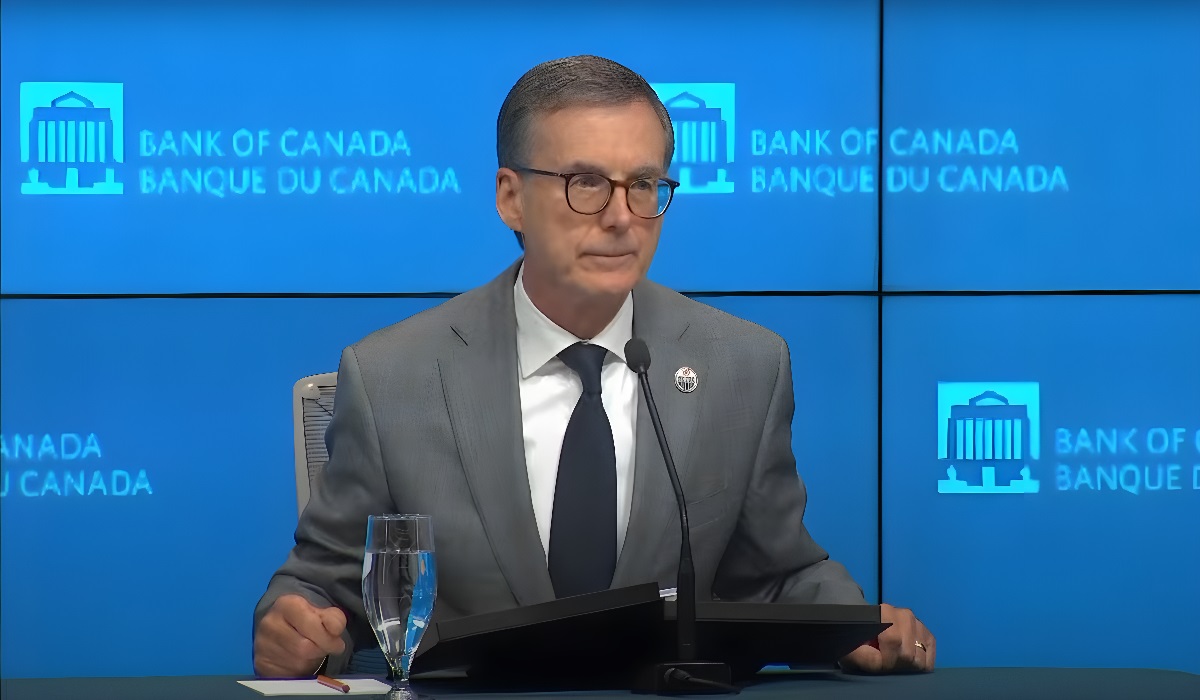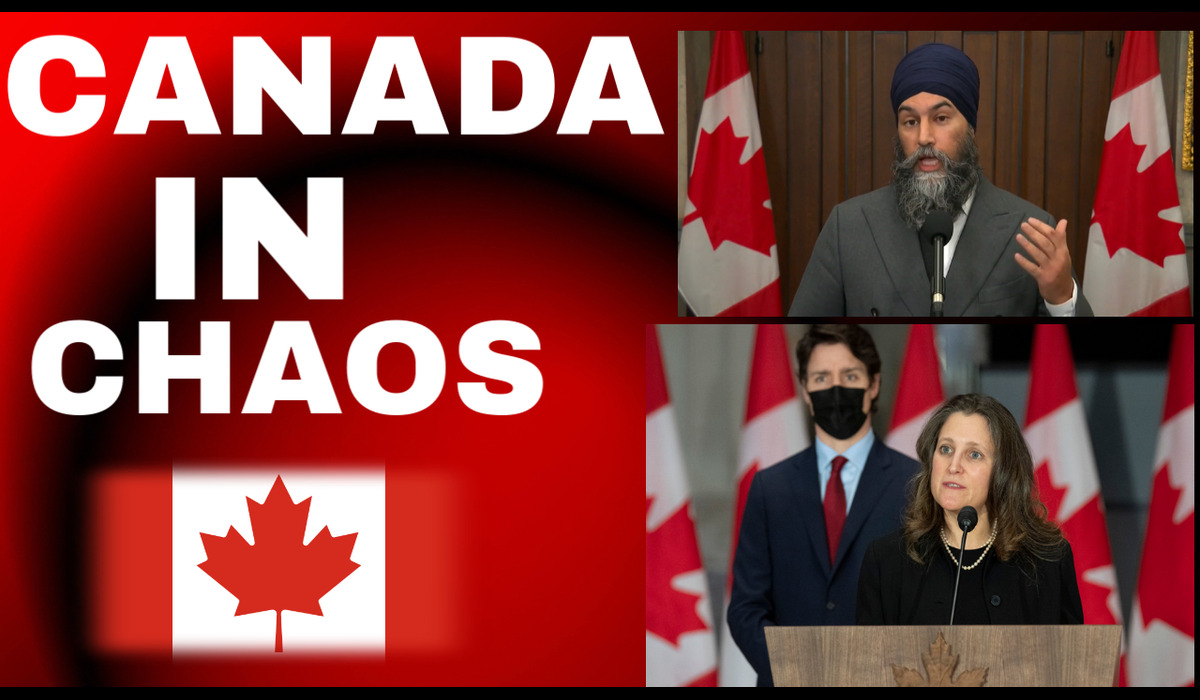The Bank of Canada has reduced its key interest rate by 0.25%, bringing it down to 4.75%. During a press conference, Governor Tiff Macklem emphasized the government’s progress in combating inflation. “We’ve come a long way in the fight against inflation,” Macklem stated. “Our confidence that inflation will continue to move closer to the two per cent target has increased over recent months, with the hopes of getting back to 2%.”
The decision to cut the interest rate has several implications for the Canadian economy, particularly in its ongoing efforts to manage inflation. Lowering the interest rate can stimulate economic activity by making borrowing cheaper for consumers and businesses. This, in turn, can lead to increased spending and investment, providing a boost to economic growth.
However, the move also comes with risks. While lower interest rates can help spur growth, they can also potentially reignite inflation if the economy overheats. The challenge is to strike a balance between supporting economic growth and ensuring that inflation remains under control.
Navigating the course of interest rates involves a delicate balance. The Macklem must constantly assess economic indicators and adjust its policy tools accordingly. Today’s rate cut indicates a strategic decision to support the economy amid ongoing global uncertainties, particularly those related to geopolitical tensions and their impact on commodities like oil.
Inflation can often be driven by external factors such as wars that disrupt supply chains and drive up costs, particularly for essential commodities like oil. These disruptions have a domino effect, influencing prices across various sectors and making the central bank’s task more challenging.
Oil prices play a crucial role in the Canadian economy, given the country’s significant oil production and export activities. Fluctuations in oil prices can have widespread implications, affecting everything from transportation costs to the prices of goods and services. The ongoing geopolitical instability has led to volatile oil prices, complicating the inflation outlook.
Such external shocks can exacerbate inflationary pressures, making it more difficult to achieve the 2% inflation target. As a result, the Bank of Canada must remain vigilant, ready to adjust its policy stance as new data emerges and global conditions evolve.
While the move aims to support economic growth and ensure inflation trends downward, it underscores the ongoing challenges posed by global uncertainties and volatile commodity prices. Governor Tiff Macklem’s remarks highlight the complexities of a flexible and responsive policy framework. As the global economic landscape continues to evolve, the Bank of Canada’s actions will be crucial in shaping the country’s economic trajectory and maintaining stability.









